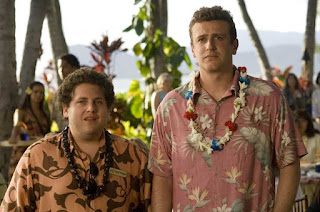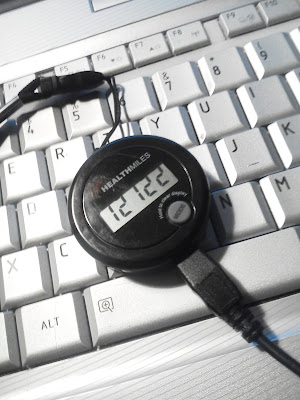A Weather Tutorial
If you're looking to visit the Black Hills, there's something you should know:
The weather here is always a topic of conversation.
I know, I know. Weather is the epitome of small talk. Filler. Nothing important.
The catch is that around here ... it is important.
Okay. The basics: it is not abnormal for it to hit 110 degrees in July and -20 in January. Generally, it's more pleasant than that, but neither of those are particularly strange.
It is not abnormal for there to be snow on the ground after Mother's Day.
It is not abnormal to not need a coat at Thanksgiving.
It is not abnormal for one hill to get rain while the one next to it is in full sunlight.
Other things that aren't strange: having your heat on in the morning and your A/C by afternoon, large hail seeming to come out of nowhere, and 70 degrees in March.
You see, the Hills are a relatively small island of miniature mountains in the middle of a large spread of grasslands. To the west, the wind and red sand of Wyoming. To the north, oil. To the east, the desert that is the South Dakota Badlands. To the south, Nebraska (that is to say, corn). The fact that they are a geological oddity in a relatively dry area means that they toy with the weather patterns, causing some serious extremes (the 110/-20 thing is no exaggeration) and some truly unpredictable weather. It's no surprise, then, that Spearfish holds the world record for most freakish temperature change.
It's also no surprise that, in a land where the weather plays a key role in our two biggest industries (ranching and tourism), we will always be able to talk it over. Even those of us who haven't lived here too long have stories to tell of droughts and fires, of floods, of snowstorms, of events gone awry because of hail or lightning or freeze or freaky heat. It is always relevant.
And while it is, of course, still a conversational failsafe, at least now you know that it can also give you some interesting area history.
Now, I'm off to enjoy my unseasonably cool August evening. Have a good night!
The weather here is always a topic of conversation.
I know, I know. Weather is the epitome of small talk. Filler. Nothing important.
The catch is that around here ... it is important.
Okay. The basics: it is not abnormal for it to hit 110 degrees in July and -20 in January. Generally, it's more pleasant than that, but neither of those are particularly strange.
It is not abnormal for there to be snow on the ground after Mother's Day.
It is not abnormal to not need a coat at Thanksgiving.
It is not abnormal for one hill to get rain while the one next to it is in full sunlight.
Other things that aren't strange: having your heat on in the morning and your A/C by afternoon, large hail seeming to come out of nowhere, and 70 degrees in March.
You see, the Hills are a relatively small island of miniature mountains in the middle of a large spread of grasslands. To the west, the wind and red sand of Wyoming. To the north, oil. To the east, the desert that is the South Dakota Badlands. To the south, Nebraska (that is to say, corn). The fact that they are a geological oddity in a relatively dry area means that they toy with the weather patterns, causing some serious extremes (the 110/-20 thing is no exaggeration) and some truly unpredictable weather. It's no surprise, then, that Spearfish holds the world record for most freakish temperature change.
It's also no surprise that, in a land where the weather plays a key role in our two biggest industries (ranching and tourism), we will always be able to talk it over. Even those of us who haven't lived here too long have stories to tell of droughts and fires, of floods, of snowstorms, of events gone awry because of hail or lightning or freeze or freaky heat. It is always relevant.
And while it is, of course, still a conversational failsafe, at least now you know that it can also give you some interesting area history.
Now, I'm off to enjoy my unseasonably cool August evening. Have a good night!


Comments